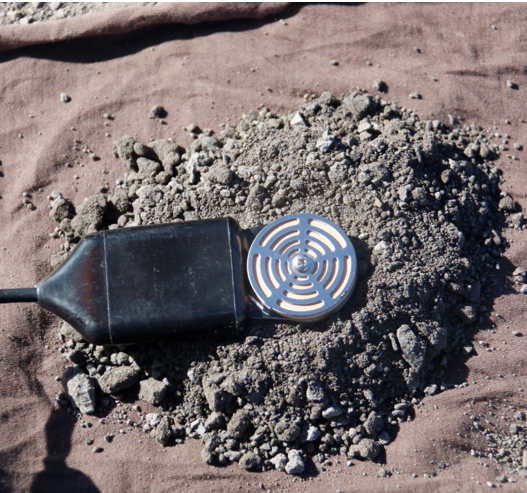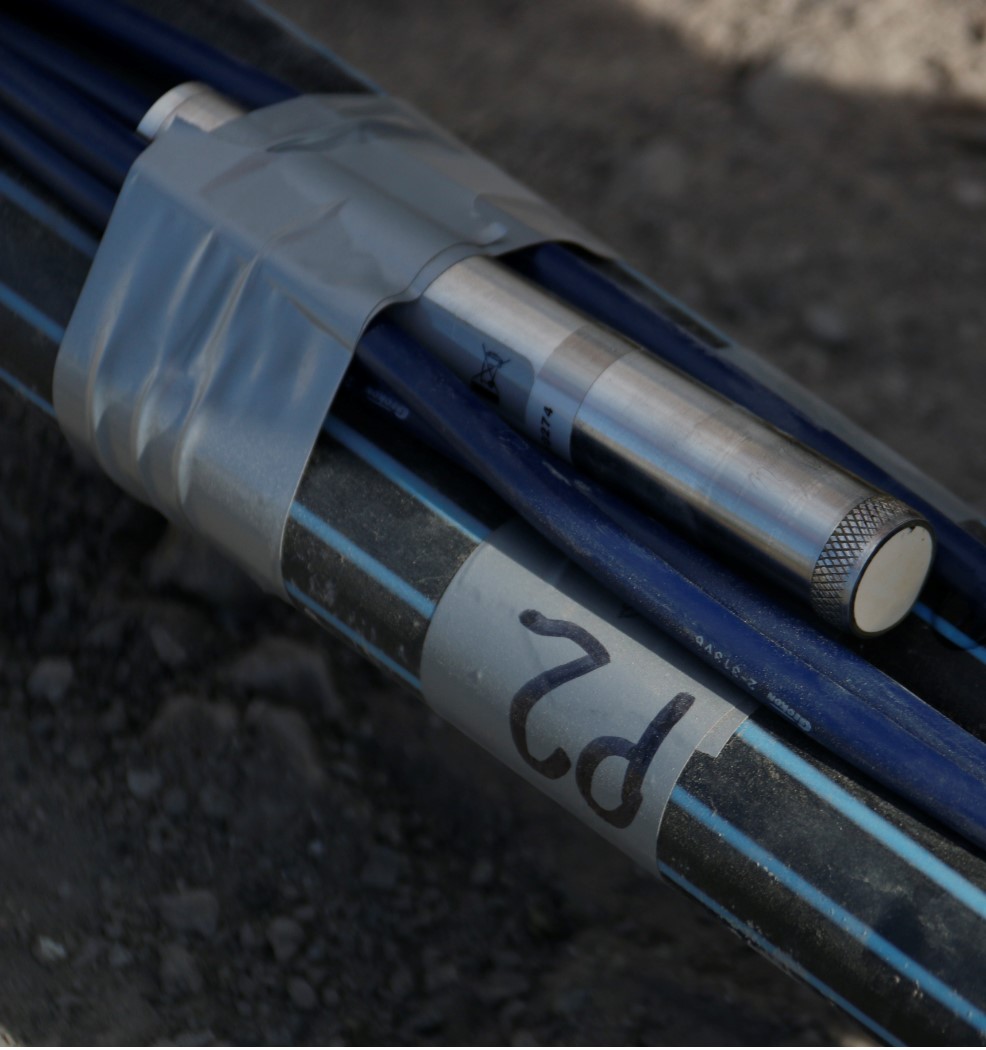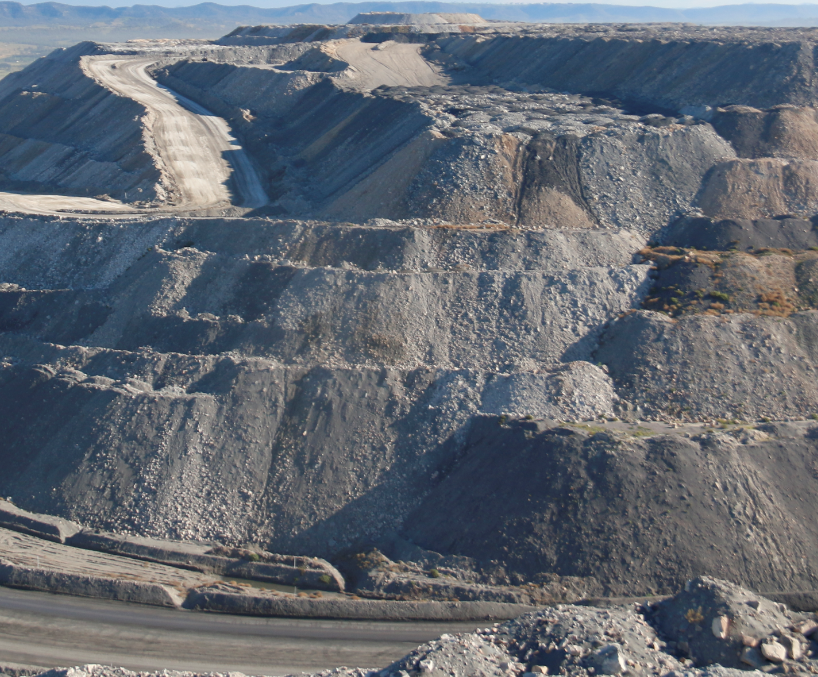Centre for Geotechnical Science and Engineering

Groundwater in Waste Dumps and its Effect on Stability
Key researchers: Stephen Fityus, John Simmons, Olivier Buzzi
PROBLEM DESCRIPTION
Groundwater conditions in mine waste dumps are critical to dump stability but they are poorly understood. Mine waste dumps are amongst the largest of all man-made structures, so efficient and reliable dump design is essential. The objectives of this research are to develop a model for the hydrological characteristics of an advancing waste rock dump in active mines, based on factual evidence and laboratory measurements. The research is collecting detailed observations of the evolution of the water table(s) and adjacent spoil moisture conditions in waste rock dumps and using this data to produce general, high-quality hydrogeological parameter dataset for soils of category 1-1.5 and 2.5 to facilitate detailed hydrogeologic modelling of any specific waste dump.
Associated with this research, the effect of moisture and stress on the texture of buried waste rock is also being studied, to inform the characterisation and evolution of the hydraulic properties of these materials.
SCIENTIFIC AND ENGINEERING APPROACHES
- Directly measured data from waste dumps
- Interpretation of conditions from geophysical logs
- Hydraulic testing of artificially consolidated waste rock samples
- Textural analysis of artificially and naturally consolidated waste rocks
- Development of calibrated waste dump hydrology models
APPLICATIONS
- Waste rock dump design
- Final landform stability assessment
- Water budget and quality assessment for active and abandoned mines



The University of Newcastle acknowledges the traditional custodians of the lands within our footprint areas: Awabakal, Darkinjung, Biripai, Worimi, Wonnarua, and Eora Nations. We also pay respect to the wisdom of our Elders past and present.
